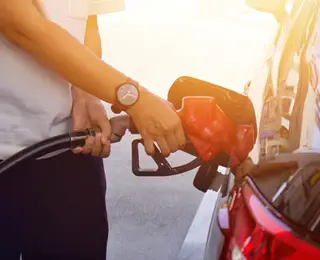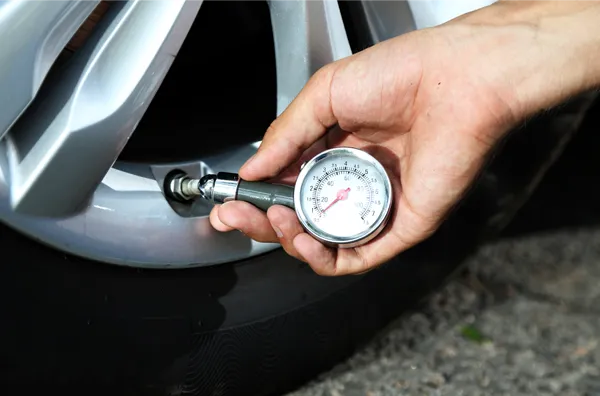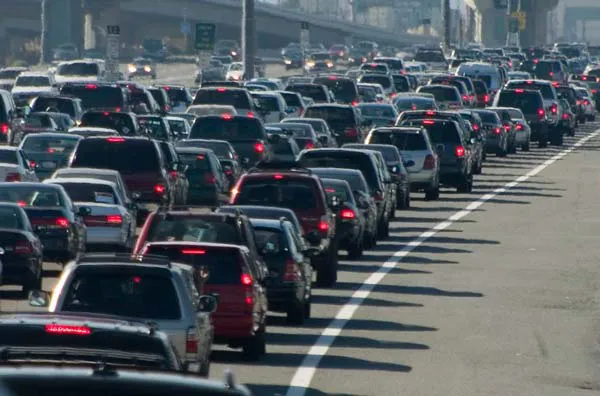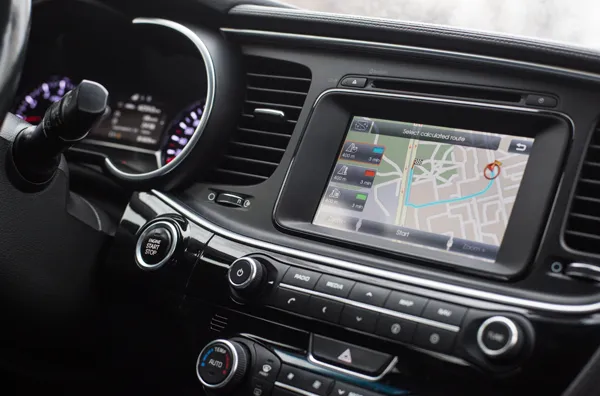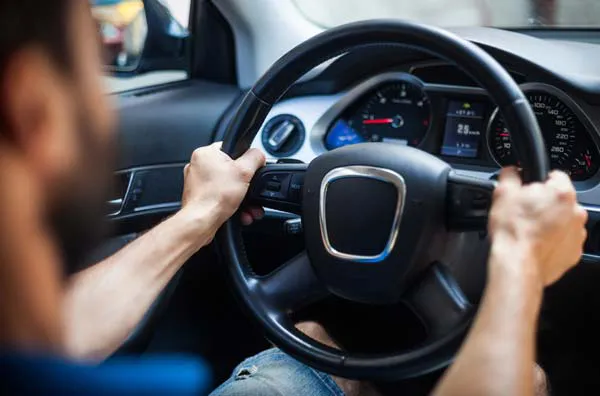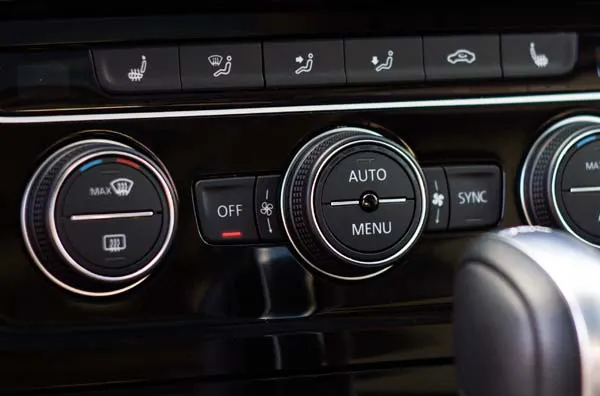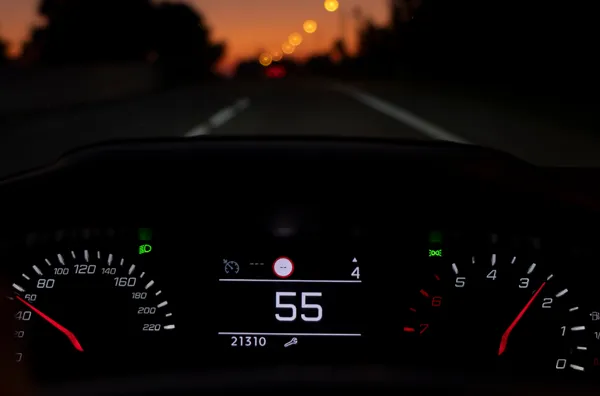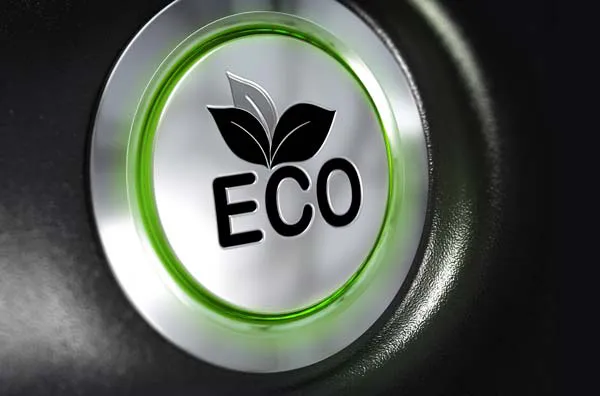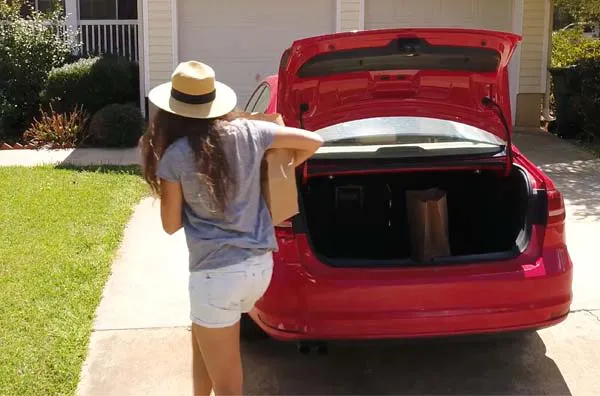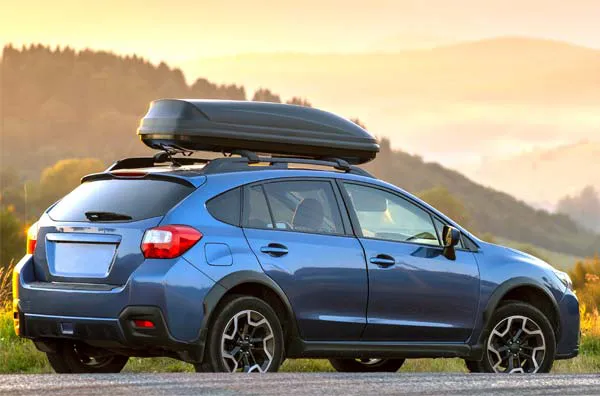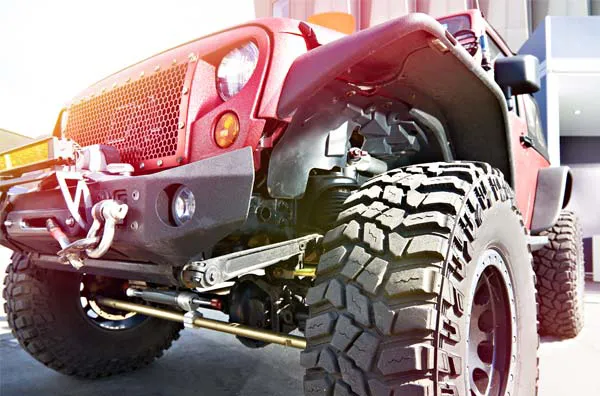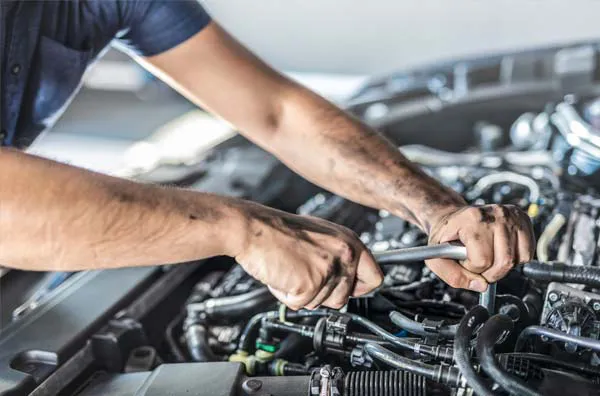15 Tips for Better Gas Mileage and Range
Gas prices are always just a little higher than we’d like. And getting an electric vehicle’s battery fully charged
isn’t free and takes time. So, it makes sense to find ways to get more out of every gallon and kilo-watt hour.
Careful driving and some regularly scheduled auto maintenance can help you maximize your MPG (miles per gallon) and
range. The professionals at Les Schwab have put together 15 tips to help boost your vehicle’s fuel and range
efficiency, whether you drive a gas- or diesel-powered truck, an electric car, or a hybrid.
1. Maintain Proper Tire Pressure
Under-inflated tires can reduce your MPG and range. A lack of air pressure can also affect handling, stopping
power, and impact-crash avoidance systems, according to the National Highway Traffic Safety Administration
(NHTSA). Over time, it can also damage your tires. To help prevent these issues and improve your MPG and range,
stop by Les Schwab for a free monthly
air check.
2. Use Low-Rolling-Resistance Tires
When buying new tires, consider
low-rolling-resistance options. These
tires, which may be an option for your vehicle, are specifically engineered to enhance fuel efficiency and range
by minimizing friction between the tires and the road. While they are not ideal for winter conditions, these
innovative tires can help you save on gas and boost range by striking a balance between what you need for safety
and what you need to save money.
3. Align and Rotate Your Tires Regularly
Proper
alignment and
tire rotations done
at regular intervals can reduce rolling resistance and improve your MPG and range. Tire rotations should be done
every 5,000 miles or with every oil change to get the most life out of your tires as possible. Additionally,
vehicle alignments are part of basic auto maintenance, whether you drive a gas- or battery-powered car or truck.
Get your vehicle alignment checked at
Les Schwab once a year.
4. Avoid In-City Driving
While electric vehicles get far better range in the city than on the highway, gas- or diesel-powered vehicles in
stop-and-go traffic can see a serious decrease in MPG — often by up to 50%, according to the U.S. Department of
Energy. The key to increasing your MPG is to maintain a constant speed. Driving on the highway can maximize fuel
efficiency for many vehicles. Whenever possible, take highways or routes with fewer stops to maintain a steady
speed.
5. Plan Your Trips
Combine errands into a single trip and avoid unnecessary backtracking. This can significantly cut down on the
number of miles you drive. By carefully planning your routes, you can maximize your MPG with fewer stops,
conserve fuel, save time, and reduce wear and tear on your vehicle. These small adjustments can help boost gas
mileage and overall range.
6. Drive Sensibly
Accelerate, turn, and brake gradually as if there is a very full pot of chili in the passenger seat (seat belted
in, of course). In other words, be gentle. Slow, steady acceleration and non-aggressive driving can improve your
MPG and range.
According to the U.S. Department of Energy, aggressive driving, including speeding and hard braking, can lower
MPG on gas-powered vehicles by 15–30% on highways and 10–40% in stop-and-go traffic. The good news is driving at
or near posted speed limits can help maintain fuel efficiency and battery range. Additionally, anticipate
traffic stops and other slowdowns as much as possible. This might include coasting to a stop. If you drive an
electric vehicle, apply gentle pressure to the brakes to achieve maximum regenerative power.
7. Pay Attention to Your Brakes for Drag
Periodically, get your brakes inspected to ensure they’re functioning correctly and not causing unnecessary
resistance. That’s because you can experience a reduction in fuel and battery efficiency if
your brakes are constantly
rubbing and you’re not stepping on the pedal. Ensure your brakes are in top condition for safety and
fuel efficiency with a
free brake inspection at Les Schwab.
8. Turn Off the EV Comforts When Possible
While comfort controls don’t significantly affect the MPG of gas-powered cars, heated seats, air conditioning,
navigation, and stereo systems can reduce battery range in an EV. That’s because the battery power is being used
for something other than propelling the vehicle. If you drive an electric car, pre-heat or cool the cabin of the
vehicle while you’re charging it.
9. Maintain a Steady Speed
According to the U.S. Department of Energy, using cruise control can minimize speed fluctuations and boost fuel
or battery efficiency. Additionally, driving at a consistent speed, ideally between 55 and 65 MPH (when legal),
can improve fuel efficiency and range.
10. Use Eco Mode
Most modern vehicles include an eco-driving mode that optimizes acceleration and engine performance for fuel
efficiency and a boost in range. By using your vehicle’s eco mode, the computer in your car or truck will limit
your acceleration to help you save fuel and battery life.
11. Lighten Your Load
Excess weight can decrease fuel efficiency and range. Removing unneeded items from your car or truck can
increase your MPG and battery life. For every 100 pounds you remove, you’ll earn back up to 1% of your miles per
gallon, according to Consumer Reports.
12. Limit Roof Racks and Cargo Toppers
Ski racks, overlanding gear, and even cargo toppers create drag, especially at highway speeds, and can limit
your MPG and range through air resistance. Some estimates say you could lose up to 25% fuel and battery
efficiency at highway speeds. If you’re not using them, remove them.
13. Modifications Impact Your Vehicle’s MPG
Lifting, leveling, and
lowering a vehicle is a nice way
of personalizing your ride. However, those alterations can, in some situations, impact your overall miles per
gallon and range. Other MPG-altering changes can include
adjusting the camber and toe of
your tire and wheel assembly. Talk with the professionals at
Les Schwab about your options.
14. Avoid Excessive Idling
Idling can waste up to half a gallon of fuel per hour, according to the U.S. Department of Energy. It also uses
battery power. Unless you’re thawing it out or cooling the inside of your car or truck, don’t leave your vehicle
idling for more than a minute. In fact, many state and local governments have idling ordinances and/or idle
reduction programs to encourage energy-efficient driving and help reduce fuel consumption and greenhouse gas
emissions per vehicle mile. Instead of idling your car to warm it up, start driving gently. This warms up the
engine on gas-powered vehicles for added efficiency.
15. Properly Maintain Your Vehicle
Regular maintenance can help achieve
peak efficiency. In addition to checking the air pressure in your tires, replace air filters, spark plugs, and
oxygen sensors as needed or recommended by your manufacturer.
Les Schwab Has the Tires, Wheels and Services You Need
Stop by your local Les Schwab for free services like air pressure checks and brake
inspections. Our professionals will show you how to improve your fuel efficiency and range, whether that’s with a
new set of tires, an alignment, or simply showing you how to engage the eco mode on your vehicle. We’re here to help
improve your fuel efficiency and get you back on the road safely.
Important Notice: The information provided above is of a general nature gathered from a variety of
resources deemed reasonably reliable. The operation of your vehicle, or the repair or replacement of your
vehicle’s equipment, may be different than for a typical vehicle. Please consult your owner’s manual for
specific warnings, notices, and other advice relative to the subjects addressed herein.
